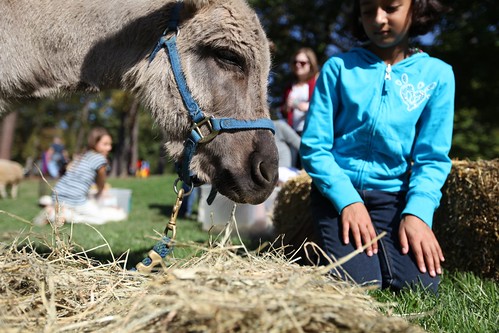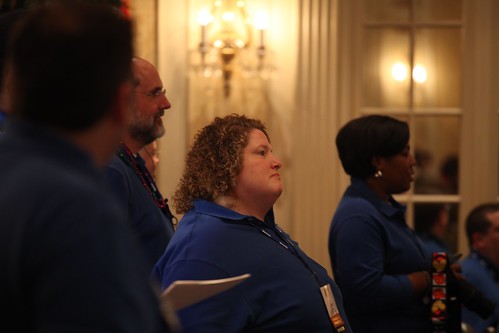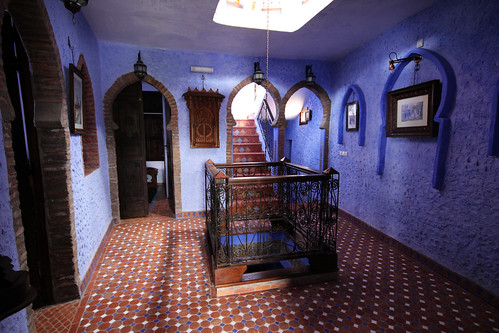Starting out east Gowen rd taking that road passing by the outlet malls then left on the I-84 to Nampa and taking exit 53 Vista passing the train depot the road then becomes Capital to Main where the Egyptian Theater going right left on 8th seeing the Freak Alley to Idaho and take a right on 9th and left on Capital passing by the Capital Building and a left on State st. right on 13th to Hyde Park
Sky, Micheal, Carl









